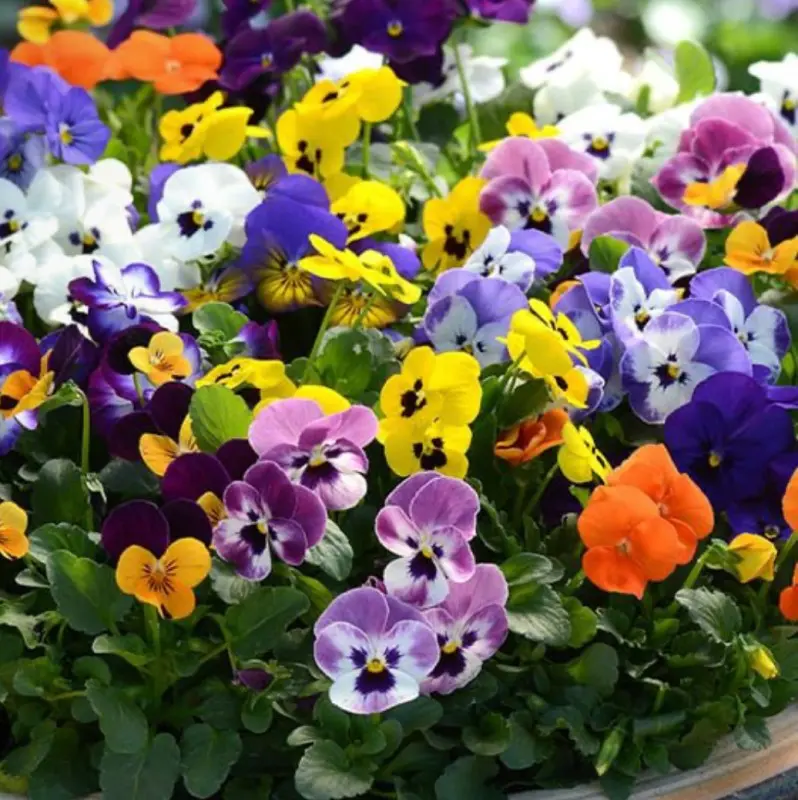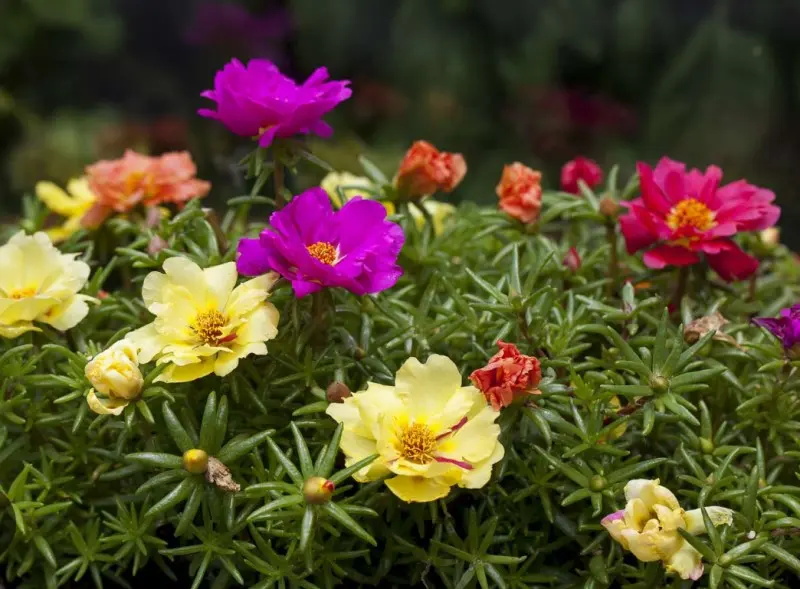Description
Violas (Viola spp.) are charming, cool-season flowering plants known for their delicate, often multi-colored blooms that add a touch of elegance and color to gardens in early spring and fall. Closely related to pansies, violas tend to have smaller flowers but are known for their prolific blooming, with flowers in shades of purple, yellow, blue, white, and bicolor combinations. Their cheerful, vibrant appearance makes them a favorite for garden beds, borders, containers, and even hanging baskets.
Violas typically grow 6 to 8 inches tall with a similar spread, forming low, compact mounds that create a lush, colorful display. These hardy plants thrive in USDA zones 6-10 and prefer full sun to partial shade, especially in warmer regions where some afternoon shade helps them last longer. Violas grow best in well-draining, fertile soil that retains some moisture, as they prefer consistent watering during dry periods. In cooler climates, violas bloom from early spring through summer and again in fall, while in warmer areas, they shine in fall through early spring, providing color when few other plants are in bloom.
Easy to grow and relatively low-maintenance, violas benefit from occasional deadheading to encourage new blooms throughout the season. They are generally pest-resistant but may attract slugs or aphids in damp conditions. With their colorful, long-lasting flowers and compact growth habit, violas bring beauty and seasonal interest to garden spaces. Their versatility and charm make them ideal for both formal and informal garden settings, brightening up borders, containers, and window boxes with ease.






